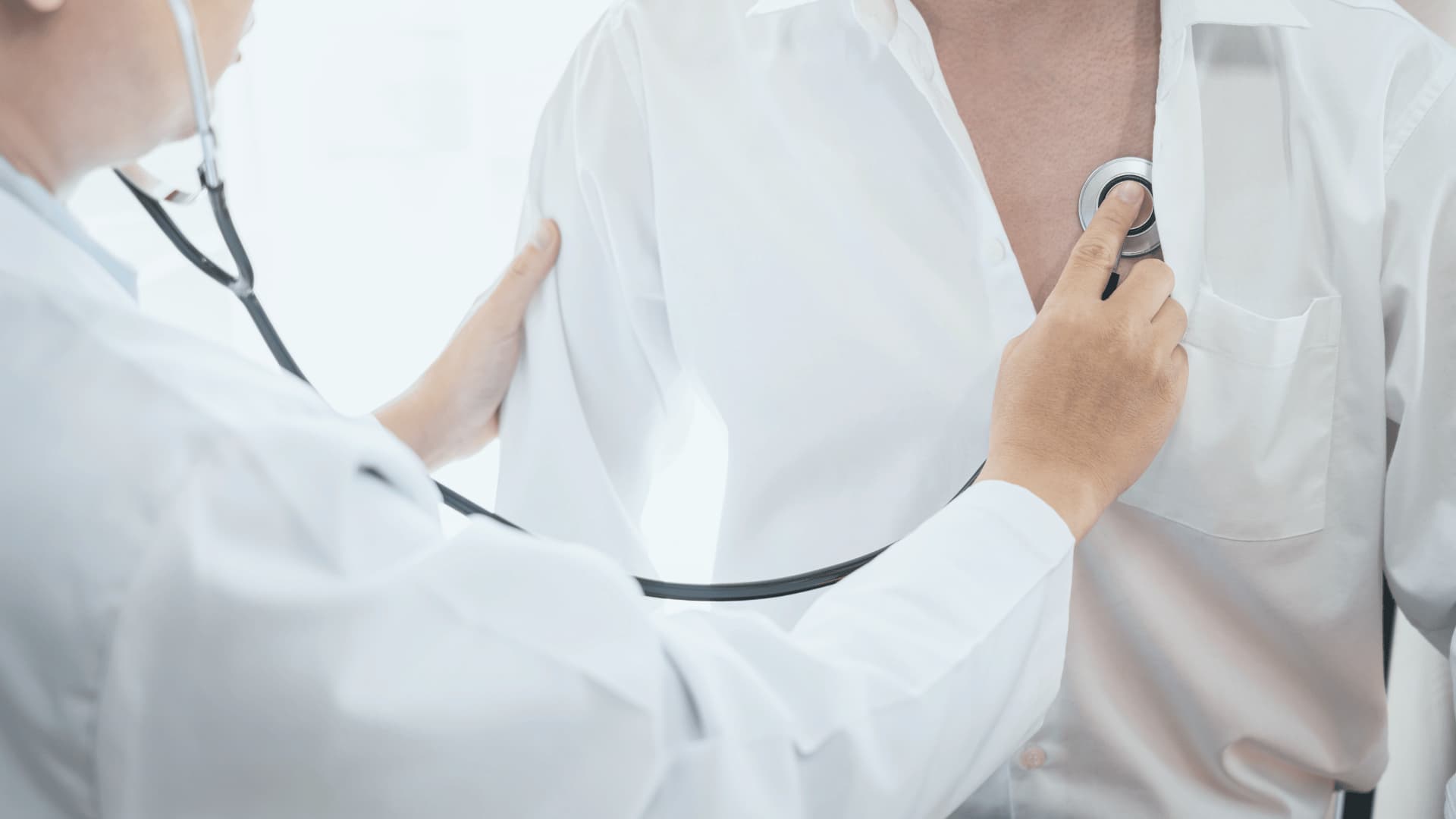Lung cancer affects a large number of people each year, making it the third most common type of cancer in the US.1 Unfortunately, it is also the deadliest. In 2022 alone, a projected 236,740 new cases of lung cancer will be diagnosed, and an estimated 130,180 people will die of the disease.2 The two main types of lung cancer are non-small and small cell lung cancer, with a positive diagnosis typically occurring at age 65 or older.3
Although lung cancer is quite prevalent in the United States, it’s often misunderstood. Various misconceptions and falsehoods exist out there, so we wanted to help separate fact from fiction by listing five of the biggest myths surrounding this disease.
Myth 1: You can only get lung cancer if you smoke
It is widely known that smoking is the leading cause of lung cancer. With this in mind, it would seem that not smoking would be the key to avoiding lung cancer, but that is not the case. Exposure to secondhand smoke, pollution, exhaust, and other chemicals can lead to lung cancer in people who have never smoked in their lives. In addition, a small number of lung cancer cases even affect people with no known risk factors.4
Myth 2: If you’ve smoked for years, it won’t make a difference to quit now
If someone has smoked for much of their life, quitting now may seem pointless. While smokers might feel that the “damage has already been done,” giving up smoking offers real benefits like lowering the risk of cancer, heart attack, strokes, and lung disease while improving circulation, breathing, and energy levels.5 Although former smokers can still have an increased risk of lung cancer, quitting can substantially reduce or even eliminate the risk of lung cancer, depending on a person’s age.6
Myth 3: ONLY seniors get lung cancer
Although we mentioned how most people diagnosed with lung cancer are 65 or older, there are a small number of cases in people younger than age 45.7 To put this into context; one study showed that out of 8,734 patients, only 120 eligible participants were young adults ages 18–35.8 In one extreme case dating back to 2013, pollution was blamed for an eight-year-old girl in China being diagnosed with lung cancer.9
Myth 4: Lung Cancer ALWAYS Causes Symptoms
It might seem that if you have lung cancer, there would be obvious symptoms such as difficulty breathing and a persistent cough. Unfortunately, lung cancer often causes no symptoms until it has spread. The American Cancer Society recommends yearly screenings for people between 55–74 who meet certain risk factors and criteria.10
Myth 5: Diet plays no role in reducing risk
The best and most obvious way to prevent lung cancer is to avoid smoking or being around secondhand smoke. But can what you eat also lower the chance of a positive diagnosis? There is some evidence showing that a diet full of fruits and veggies might offer some benefits.11 Whether or not a clean diet has any measurable, specific effect in preventing lung cancer, it’s always a good idea to eat as healthy as possible for the overall health benefits and increased energy.
References:
- Lung Cancer Statistics – Centers for Disease Control and Prevention (CDC)
- Key Statistics for Lung Cancer – American Cancer Society
- What to Know About Lung Cancer Statistics and Age – Healthline
- What Causes Lung Cancer? – American Cancer Society
- Quitting Smoking for Older Adults – National Institute on Aging (NIH)
- Association of Smoking Initiation and Cessation Across the Life Course and Cancer Mortality – JAMA Oncology
- Key Statistics for Lung Cancer – American Cancer Society
- Lung cancer in young adults aged 35 years or younger – Journal of Cancer
- A Chinese Child’s Lung Cancer Is Linked to Pollution – National Geographic
- Who Should Be Screened for Lung Cancer? – American Cancer Society
- Can Lung Cancer Be Prevented? – American Cancer Society
With you through every step of your cancer journey
Learn more about starting treatment at a location near you


